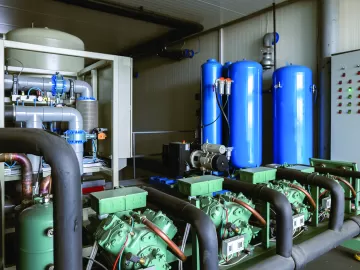Types of Compressed Air Dryers Part 2: Refrigerant and Regenerative Desiccant
Because of such a wide breadth of product offering, we will cover each of these dryer types in some detail. It is always recommended that the compressed air treatment products be discussed in concert with the entire compressed air system and the application of the products. You should consult a compressed air expert to assure that the compressed air dryer selected is correct for your application.




